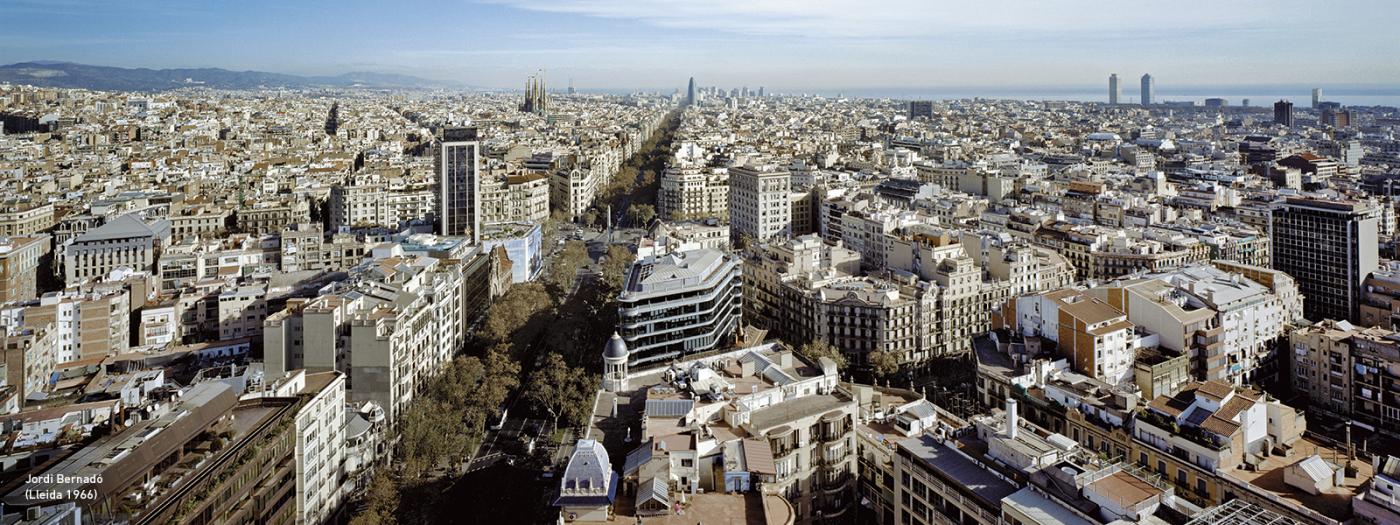Titular Professors
Professors
Hold a Bachelor in Architecture or in Building Engineering.
Develop a systematic way of thinking as a design attitude.
Understand the potential of the use of an algorithm as a design tool.
Develop an approach towards management of complexity in a drawing.
Learn how to work through design iterations.
The subject of the drawings will be the objective of a common discussion at the beginning of the course. Rather approaching from a figurative or representational perspective, we will rather discuss what an architectural plan is, and how repetitive actions of drawing can lead to the creation of planimetric labyrinths or compositions.
The course will be organised under the form of the production of drawing iterations and organised as a set of collaborative exercises. Each student will make 7 drawings, each through the hand of their 7 colleagues. Every new drawing will be the occasion to reflect on the relationship between the instructions (or code) and the emerging results. Before the production of each new drawing, the instructions will be re-written, improved, calibrated so as to drive a little more, the result of the next drawing iteration.
The outcome is a series of 7 drawings and a series of 7 textual format sets of instructions.
The methodology of the course is based on the use of simple bodily actions in order to understand computational behaviours in design. We will work with having an idea of a drawing, think about how it would be made, write this down as a series of instructions which will then be given to random other people in the class. Without having seen any drawing, this person will be asked to draw with no formal idea of an outcome. We will discover, over the making of the drawings, how much the emergent drawing resembles the initial idea, how much it has lost, or rather gained, during the process.
The first phase of the course will be dedicated to the making of a drawing that can be abstracted as a code, or a drawing protocol. Students will be asked to do a graphic/computation research which they will run by hand.
The second part consists of the students testing their instructions on their fellow students. In this case, each student will get the chance to make 7 extra drawings, over the course of the 5 weeks of the program.
Students are requested to submit all the exercises through the e-study platform, in the subject folder.
System MIAD for grading exercises:
0 - 4.9 Fail (this means that the tutor will have to ask the student to submit a supplementary work).
5.0 - 6.9 Pass.
7.0 - 8.9 Good.
9.0 - 10 Excellent/Distinction.
On this basis, students will be evaluated on several aspects such as:
Attendance - 10 %
Assignments - 60 %
Final presentation - 40 %
Blog posts submitted in order to get final marks.
CARPO, Mario. The Alphabet and the Algorithm. Published February 4th 2011, MIT Press.
CARPO, Mario. The Second Digital Turn: Design Beyond Intelligence (Writing Architecture). Published October 13th 2017, MIT Press.
HAN, Byung-Chul. Hyperculture. Published in 2022, by Herder.
